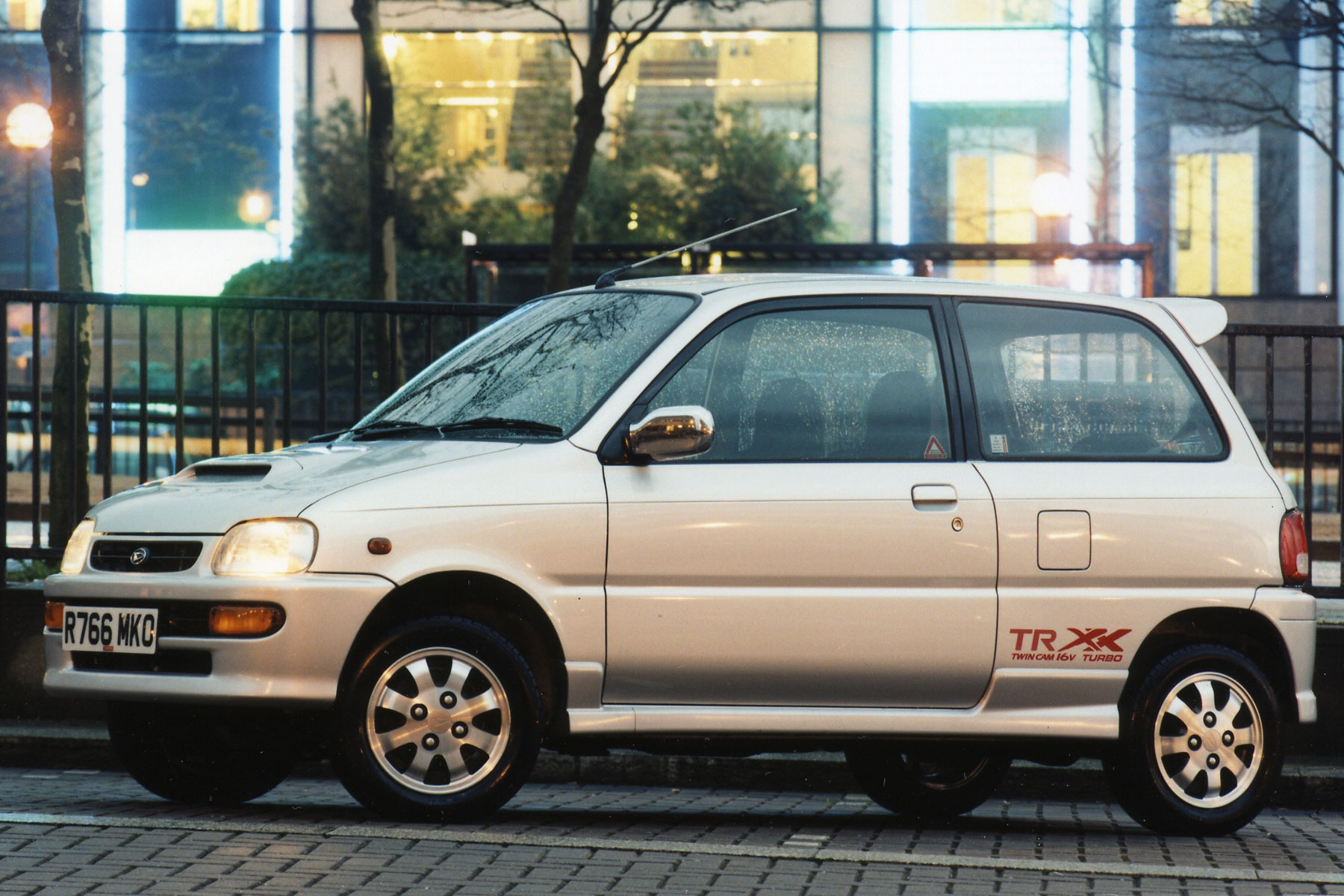
Daihatsu Cuore Avanzato TR-XX R4. It’s a long name for a very short car. But, as Aesop would have testified, good things come in small packages – and vehicles don’t come more diminutive than a Japanese kei car.
Then again, the Greek storyteller also claimed it is possible to have too much of a good thing. But in the case of the Cuore Avanzato, Aesop was a little wide of the mark. Allow me to explain, in my ode to the ‘Box of Frogs’.
First, a brief history lesson. The kei car can trace its roots back to post-war Japan, as the Ministry of International Trade and Industry (MITI) looked to kick-start the country’s economy after World War Two. The kei jidosha – or light vehicle – was designed to mobilise an entire nation, providing a cheap and practical alternative to the motorcycle.
Early kei vehicles were delivery trucks designed for small businesses and shops, but the kei car came of age in 1955, with the introduction of the Suzuki Suzulight. Three years later, Subaru launched the 360: the world’s first mass-produced kei car.
The modern kei car was born in 1990 when manufacturers were permitted to use 660cc engines, along with a longer bodyshell. It meant the kei became a viable proposition for export, although a 64hp power limit kept these automotive terriers on a tight leash.
It wasn’t tight enough to prevent a little bending of the rules, though. Manufacturers were free to use turbochargers, superchargers or whatever they felt necessary to inject the kei car with the automotive equivalent of vodka and Red Bull. Other energy drinks are available.
‘Konnichiwa, Avanzato’
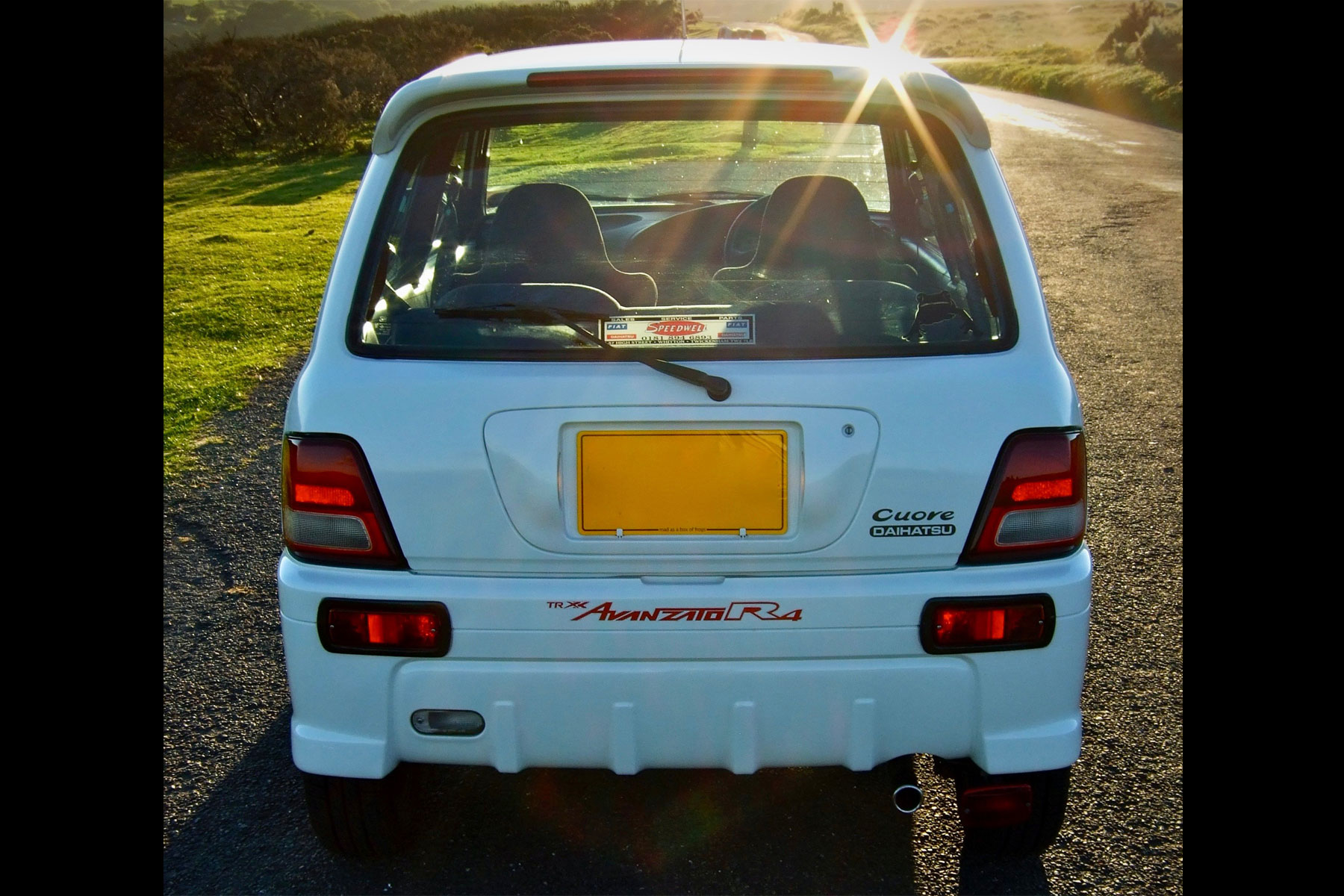
In creating the Cuore Avanzato TR-XX R4, Daihatsu adopted a kid-in-a-sweet-shop mentality, grabbing all the cool bits from the parts warehouse and crowbarring them into a kei car until its cheeks were fit to burst.
The engine is a 660c four-cylinder 16v twin-cam unit, with both a turbocharger and intercooler, plus a five-speed gearbox and four-wheel drive. It’s redlined at 8,500rpm and weighs about the same as Kinder Egg, with approximately the same level of structural rigidity. Heck, it could probably fit inside the little yellow egg.
Back in 1998, when my ‘Box of Frogs’ arrived in the UK; the Daihatsu Cuore was the cheapest Japanese-built car you could buy. At £6,500, the Cuore – which is Italian for ‘heart’ – was around £3,000 less expensive than the Rover Mini, but a foot longer.
Our friends at CAR magazine likened the £9,750 Avanzato to the £9,400 Mini Cooper, labelling it ‘barking mad’. A 0-60mph time of 8.65 seconds compared favourably with the BMW Z3 1.9 (9.5sec), Volkswagen Golf GTI 1.8T (8.5sec) and Peugeot 206 GTI (8.7sec). Still, I suspect this tells you as much about the lardiness of contemporary performance cars as it does the bantamweight talents of the Daihatsu.
For some reason, the Avanzato passed me by in 1998 – I was too busy dreaming about owning a Honda Accord Type R – but a chance encounter in February 2010 meant I had to put right a previous wrong.
Casually browsing the PistonHeads classifieds, I stumbled across an ad for a Japanese-import Mira Avanzato, complete with a set of photos of the car taken in the snow. It was love at first sight. Cars always look better in the snow, right?
Sadly, somebody had already pocketed the Avanzato, but I spent the next few weeks searching in vain for a UK-spec car. Daihatsu UK only imported 100 Cuore Avanzatos: 80 to the general public and 20 to Harry Hockly for motorsport use. Yet I was determined to find one.
Living in Lilliput
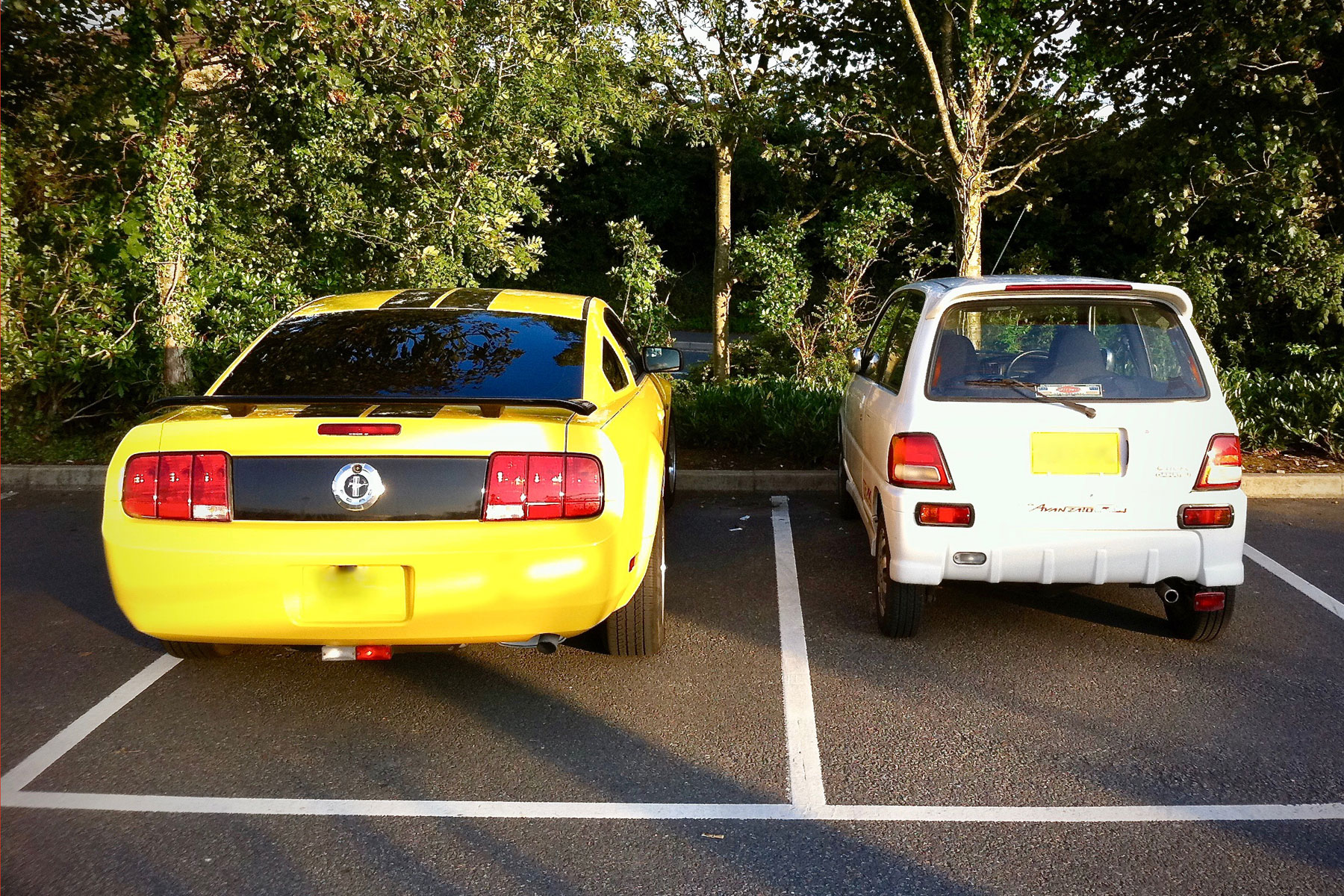
With weeks in danger of turning into months, I placed a wanted ad on PistonHeads and expected to be greeted with little more than tumbleweed and silence. Surprisingly, within 24 hours I had received three emails, including one from a potential seller in Twickenham.
He had owned his white, 22,000-mile Avanzato from new, having passed the local Daihatsu dealer on his commute to work. It sounded perfect. So, with a 400-mile round trip in prospect, I asked as many questions as possible via email before agreeing on a price, subject to a final inspection.
The Avanzato was waiting for me outside the station and, determined to maintain my best car-buying poker face, I tried to remain calm as we made our way to the seller’s house. By the first mini-roundabout, I was grinning like Lewis Carroll’s British shorthair tabby. Poker face removed, I knew I had to have this car.
My memories of the drive home are a little hazy – it was 14 years ago – but I remember getting the controls mixed up, resulting in impromptu wipes of the windscreen, rather than indicating my intentions to turn left, and an unwanted screen-wash as I attempted to flash a bus out of a junction.
I distinctly remember feeling intimidated by other users, which is hardly surprising given the fact that the Avanzato is small enough to fit inside the glovebox of a modern SUV. Driving a kei car is akin to arriving in Lilliput, where superminis are giants and lorries are the giants’ parents. If you want to know how Stuart Little would feel while riding a Scalextric car through your dining room, take the M3 motorway out of London in an Avanzato.
Modern life in miniature
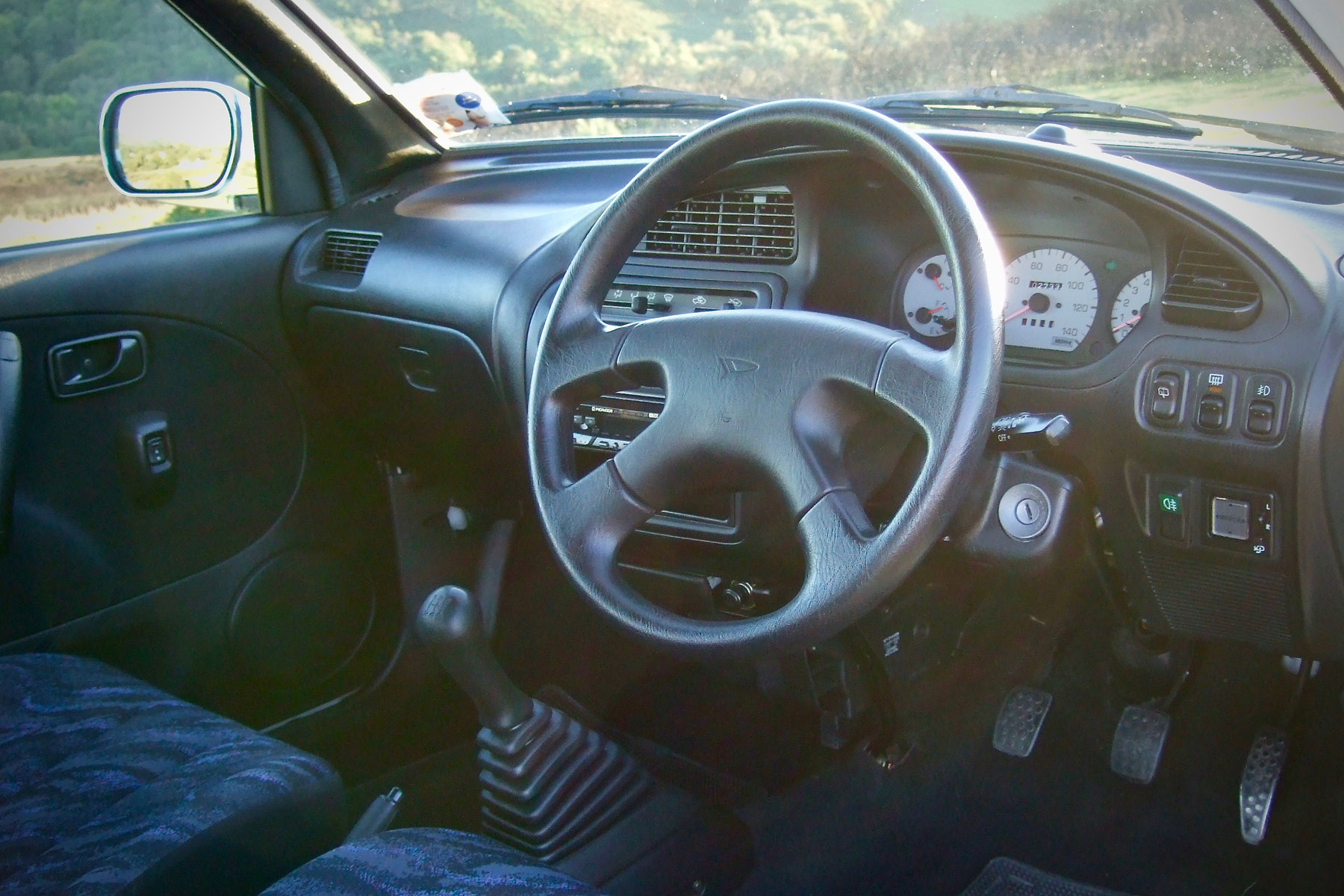
Everything is smaller in the Avanzato, which includes the running costs. Tax, at the time, cost £115 a year and belt-and-braces insurance was just £200. Also, £20 of fuel would deliver 200 miles of range, while a new set of Toyo tyres cost £120 including fitting. I’m more accustomed to spending that on each tyre.
The Avanzato spent most of its time transporting me to and from the office. It made every commute feel like a drive in the Gran Turismo Sunday Cup, only without the pixel-challenged Mazda Demio GL-X and Starlet Glanza to beat into the first corner of the Autumn Ring.
Strangely, for an infinitesimal hot hatchback with its origins in congested Japanese metropolises, the Avanzato is less at home in the city than you might think. It’s too highly-strung for stop-start traffic, forever begging you to take it to the redline. The ride quality is as you’d expect: it doesn’t crash over road imperfections, but instead falls down the crevices, before appearing nose first out of the other side.
There are plus-points. You’ll never tire of beating Audi turbodiesels away from the lights – don’t tell me that’s not appealing – while even the smallest parking bay is no bother to the Avanzato. And, when you get there, you can press a button to fold away the door mirrors. Because a kei car isn’t small enough already, apparently.
However, it’s beyond city limits that the Avanzato feels most at home. On B-roads, it’s as willing as the terrier mentioned earlier, sling-shotting from corner to corner like a frenzied dog chasing a ball. For such a relatively tall and narrow car, the Avanzato corners with remarkable poise, with its body-roll countered by endless grip.
Look, my precise memories of the Avanzato are hazy, so to provide a full and detailed review of its pros and cons would be a tad disingenuous. When you get to my age, you can barely remember what you had for dinner last Tuesday, let alone a car you owned 14 years ago…
Growing up is overrated
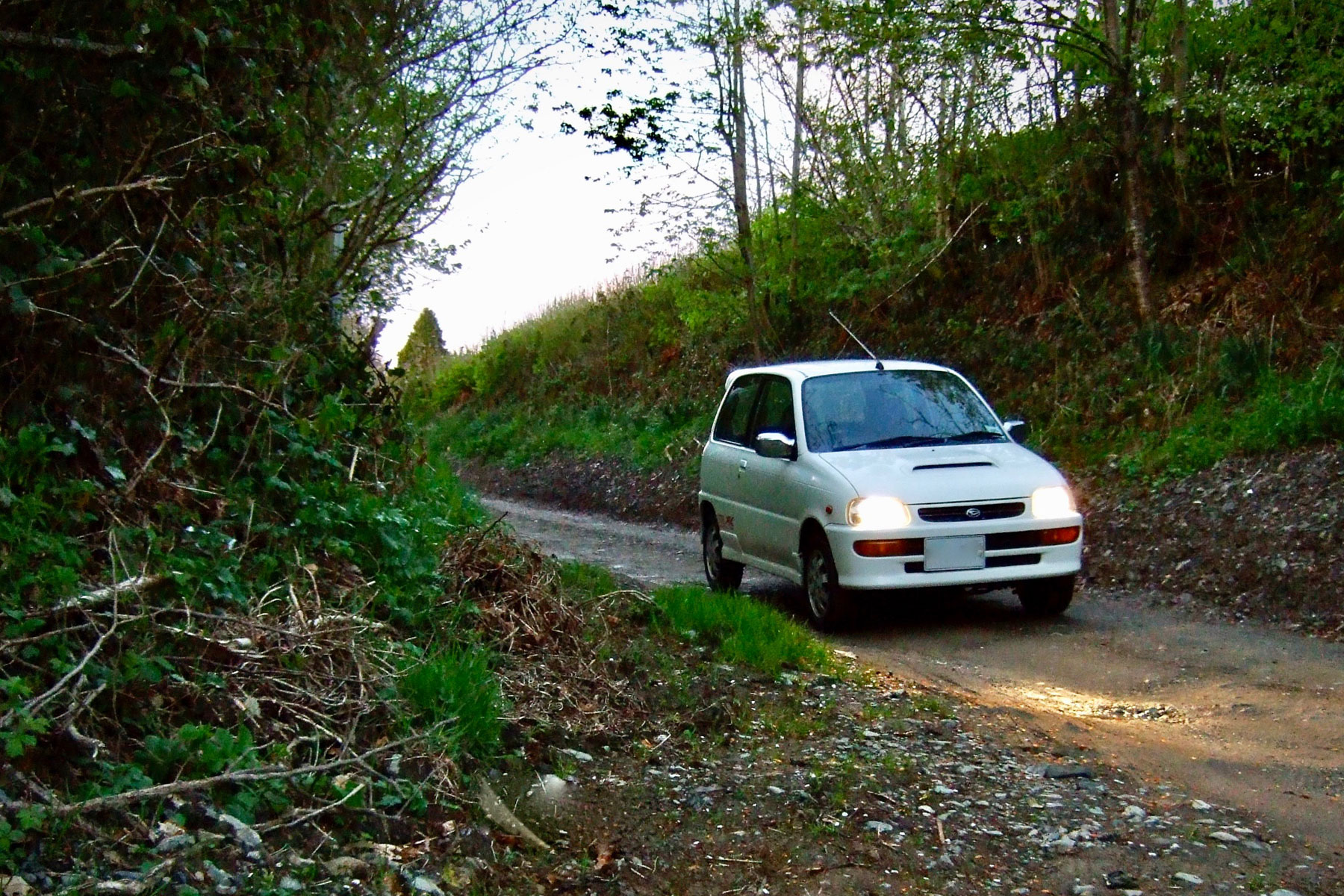
But, let me leave you with some closing thoughts. I’ve owned far too many cars, ranging from a £30 Daihatsu Charade to a £20,000 Vauxhall VX220 Turbo. If that sounds like a humble brag, just speak to my six-and-a-half friends, and they’ll tell you that the majority of the 50 or so V5s ever to bear my name have been closer to the Charade than they have the Vauxhall.
And that’s fine: I like cheap and unwanted cars. My point is this: the Cuore Avanzato is up there with the most fun I’ve had on four wheels. Rain or shine, 5mph or 55mph, traffic or open road – the Avanzato was fun regardless of the conditions.
We’re conditioned to follow a specific path in life. Be a baby, grow up, leave school, do well, get married, have a child or two, moan about getting old, retire, grow old and die.
The automotive path is similarly well-trodden. Start small, before working your way up the automotive ladder, then going small again when you reach the point at which your offspring are leaving care home brochures on your kitchen table.
The Daihatsu Cuore Avanzato TR-XX R4 is the antithesis of doing things the ‘right’ way. It says: “Hey, it’s OK to have fun in a small car,” even if you should be towing the line in a miserable, lazy-powered crossover.
Think of it as the car you imagined you’d be driving as you sat behind the wheel of your hand-me-down Little Tikes Cozy Coupe. The build quality is just the same, which means pushing it into the garden pond, or next door’s Toyota Avensis would have the same results, while you don’t need to be going fast to experience undiluted joy.
The only difference is that the world has told you to grow up. You wouldn’t fit behind the wheel of a Cozy Coupe, but you could own a Daihatsu Cuore Avanzato TR-XX R4. And if you get the opportunity to buy one, you probably should.
ALSO READ:
Mercedes-Benz 190: the story of a modern classic



[…] The ‘Box of Frogs’ – life with Japan’s craziest hot hatch […]
Well I saw this on a few Japanese websites back in the late 1990’s and pre-ordered one from SG Petch in Darlington before it was even in the country -a wait of over a year! I had one of the very first 80 road-going versions – R298 RPY. Having previously enjoyed the audio-delights of the Charade GTti’s 3 cylinder 993cc engine, this 4-pot 649cc didn’t sound so distinctive. With a smaller footprint, nor did it ride so well. However, unlike my first GTti, which ended up in a field, this little beast with 4WD just stuck to the road like glue; destroyed nearly everything from the lights in suburban driving; and left you with a child-like grin on every journey – an automotive pleasure usually reserved for the owners of Italian badges.
Sadly, the Daihatsu badge has disappeared from UK roads, but their approach remains – the Citroen C1/Aygo/Peugeot 104 use what is essentially a 3-pot Daihatsu engine. Several other manufacturers also have adopted the 3-pot which has such a ‘mini-Porsche’ sound – Hyundai, Ford et al. And in austerity Britain, many have followed the small, fun, city car formula. Sadly, for consumers of the UK, nobody has ever come close to the sheer pleasure that was derived from owning a hot-hatch Daihatsu, before Toyota-ownership and EU emissions turned the GTti into the 1.6 GSXi (which was terrible, boring and totally retrograde in automotive ingenuity). Avanzato and Charade hot hatches – happy roads in my twenties
What fantastic memories, Kevin! We doff our caps to you – owning one from new must have been brilliant. Many thanks for sharing!
-Team Retro Motor
Dear Friends
I would like to find one car like this but searched the web and did not found any. I am from Portugal and due to that I need the driving wheel oposite to the UK place.
If someone find a link of one of this available pls send me a msg to ipopisp@gmail.com
Tks